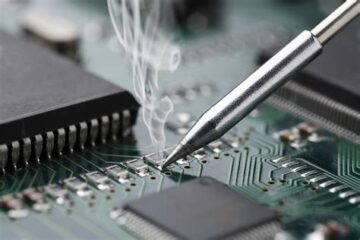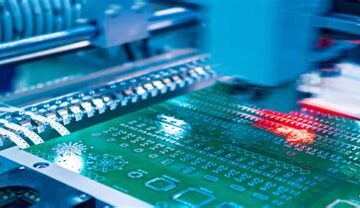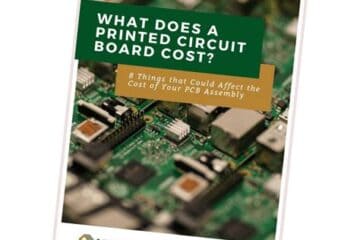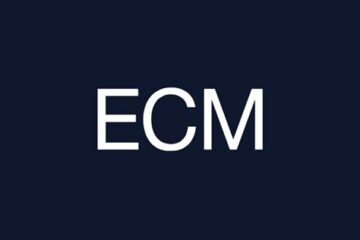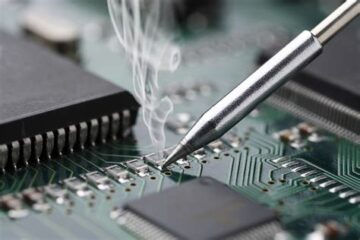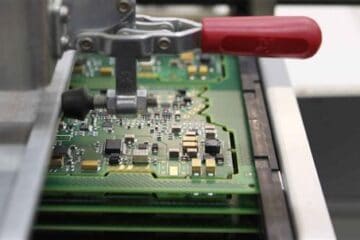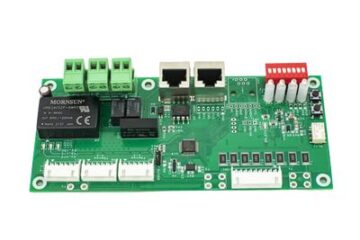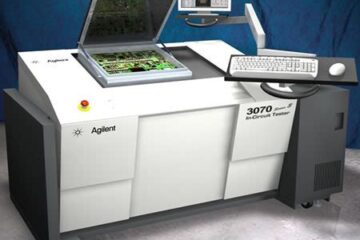PCBA
Top power supply PCB assembly guidelines!
Understand the Power Supply Design and Specifications Before beginning PCB assembly, it’s essential to thoroughly review and understand the power supply design files and specifications: Schematic diagrams PCB layout files Bill of Materials (BOM) Assembly drawings Mechanical models Carefully analyze these documents to get familiar with the power supply circuit topology, key components, physical layout, and mechanical form factor. Identify any special requirements, such as: High voltage or current handling areas Thermal management features like Read more…
